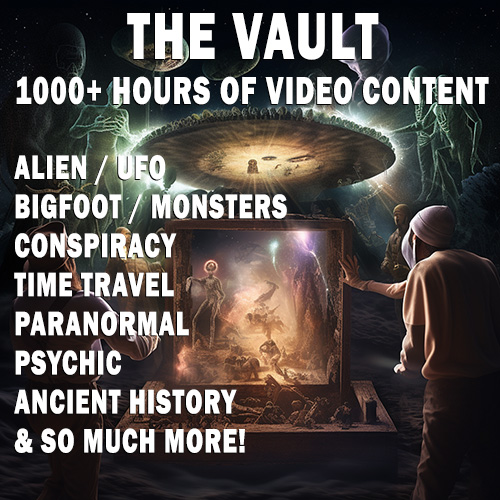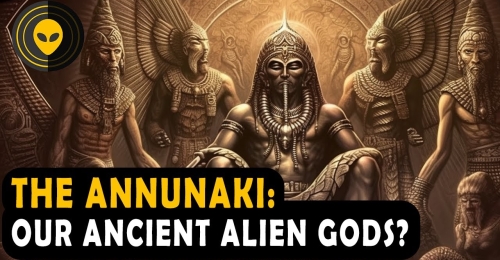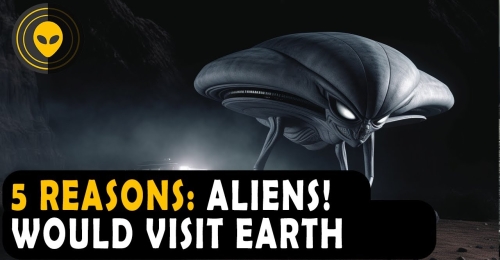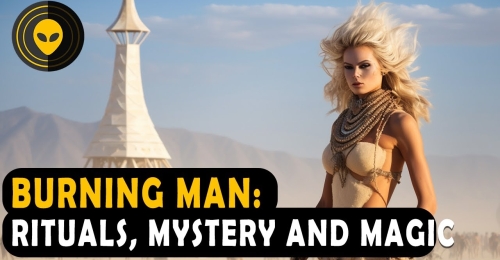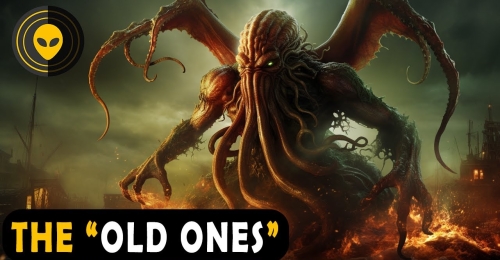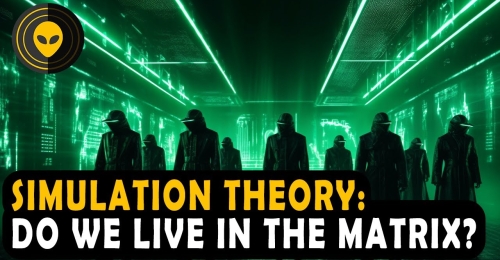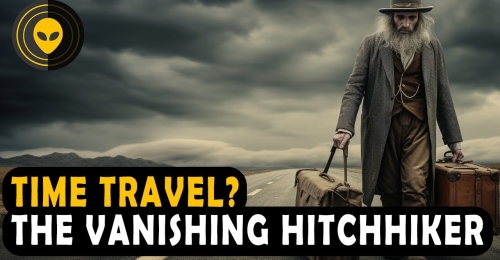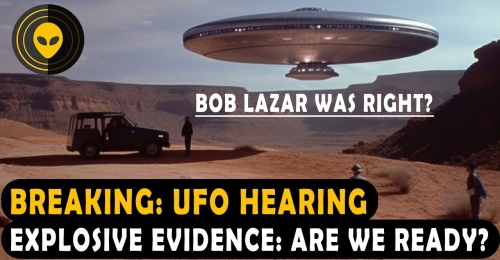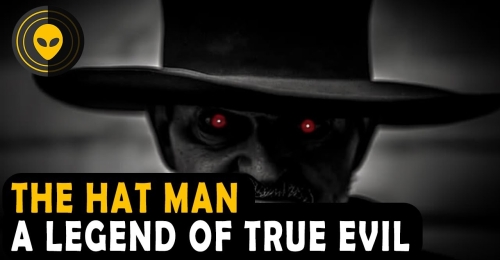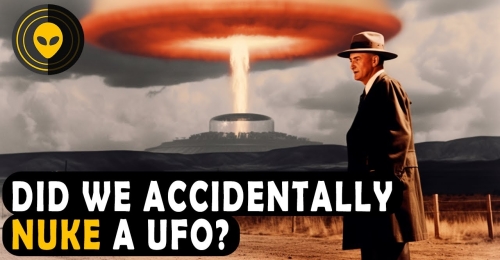The Barberheimer Phenomenon: When Hollywood and Memetic Magic Converge
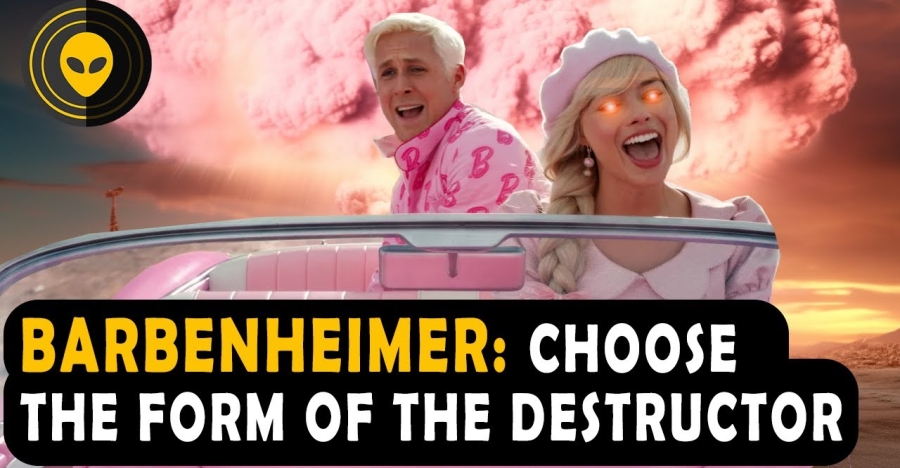
In the ever-evolving world of internet memes, few instances have left as profound an impact as the Barberheimer phenomenon. This unexpected cultural moment, born from the simultaneous release of two seemingly unrelated Hollywood films, went beyond mere humor and entered the realm of esoteric speculation.
The Unlikely Duo
On the surface, Barbie, directed by Greta Gerwig, and Oppenheimer, helmed by Christopher Nolan, could not be more different. The former, starring Margot Robbie, brings the beloved Mattel toy to life in a light-hearted musical, while the latter provides a somber exploration of J. Robert Oppenheimer’s role in the creation of the atomic bomb. But it was their shared release date that birthed the Barberheimer meme—a whimsical blend of the two titles that would ignite the internet's imagination.
The immediate reaction saw fan-made posters, merchandise, and even celebrities like Tom Cruise engaging in the hype, promoting an 'extreme double feature' viewing. But in the deeper corners of the online world, Barberheimer began to evolve into something more significant.
Barberheimer and Tulpas: Beyond the Meme
Tulpas, rooted in ancient Tibetan mysticism, are thought forms said to manifest from concentrated collective human imagination. As a concept, it has gained traction in modern esoteric circles, suggesting that collective belief can conjure a sentient entity borne purely of psychic energy.
Within this framework, Barbie's evolution from plastic toy to powerful, autonomous entity by mass belief is truly mesmerizing. With a history spanning over six decades, Barbie’s influence is undeniably vast. When paired with Oppenheimer, the result was a figurative cosmic reaction, as two colossal pillars of cultural memory collided.
Cosmic Ripples and The Power of Memory
The Barberheimer meme's propagation gave Barbie new temporal abilities, with her legend expanding through each share, like and retweet. The internet became the ultimate tool, linking our collective consciousness across generations.
Curiously, as Barberheimer memes flourished, they evoked memories of the Ghostbusters' 1984 choice—picking the form of their destructor. In an uncanny connection, that same year saw the release of the first Barbie video game, embedding her digital presence further. Could the internet's relentless meme magic have unintentionally crowned Barbie as the ultimate destructor?
Consequences of Our Digital Creation
This theoretical Barbie's ascension, marked by the synchronization with Oppenheimer, drew the attention of cosmic entities, ancient gods who had long observed humanity. Our reckless harnessing of imagination, manifested through meme-driven chaos, signaled to these beings the dire need for intervention.
With every share, like, and laugh, we unknowingly amplified the strength of this chaotic force. Now, as the repercussions become apparent, we face a collective reckoning, questioning whether our digital footprints will unite us or tear us further apart.
Note: The article was crafted from a transcript with creative elaborations, including an intriguing connection to the Ghostbusters. It demonstrates the power of memes and internet culture in shaping perceptions and beliefs, leading one to wonder: are tulpas a product of meme magic, or merely the overactive imagination of an endlessly creative online community? Join the conversation on Troubled Minds TV and let your voice be heard.
